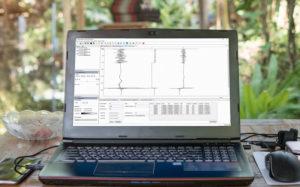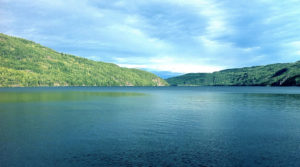5 Ways INTViewer Makes Offline Visualization Possible
I often say that INTViewer is a bit of Swiss knife. It serves multiple purposes, and each company finds a different use. This makes it hard to decide which feature to highlight. In the past few years, as the industry moved to the cloud, we created a companion for INTViewer: INTGeoServer, which makes it easy to visualize data beyond the bounds of your network. This year, with the new release of INTViewer approaching, I will highlight the opposite feature of INTViewer: its ability to work offline, disconnected from the world.
Installing the Seismic Unix Library on Windows [Walkthrough]
In our previous blog, Simplifying the Learning Curve of the Seismic Unix Library, we described how INTViewer can leverage the SU library. This library is typically meant for Linux, but it can also be used on Windows. This walkthrough describes how to install the SU Library on Windows 10 to use the Seismic Workbench plugin.
How the NetBeans Module System Helps Us Maintain Compatibility Between Releases
Two decades after its creation, the Java runtime has finally become modular. A modular approach not only makes dependency management easier, but it also makes applications more efficient as unused modules don’t need to be loaded. The NetBeans Platform predates Java 9 and has been using its own module system for years. Since INTViewer is a desktop application built on top of the NetBeans Platform, I find that it is far superior to the Java 9 module system for my use cases.
What Cloud Data Lakes Mean for Geoscience
With the explosion of storage capacity, cloud computing, and bandwidth availability, a trend has emerged in the oil and gas industry over the last few years. Data that was previously aggregated and discarded is now maintained and stored, creating an opportunity for the industry. Coupled with new advancements in machine learning and Al, this data availability is poised to drive more data driven decision making in well planning, drilling & completions, and well operations.





